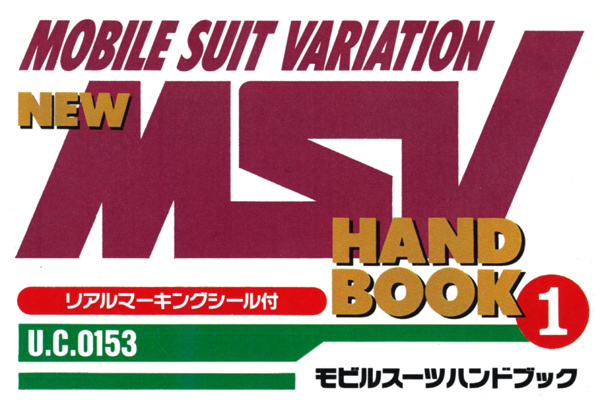THE EARTH FEDERATION



The Earth Federation is a federal government that unites the various nations and regions on the planet’s surface. At the end of the old century, the Earth was facing a dire situation: a burgeoning population, environmental destruction, disparity between rich and poor, ethnic conflicts, and a depletion of resources. In order to find a drastic solution to these problems, a space emigration program was implemented with the Earth Federation promoting it.
The Earth Federation started as a coordinator and mediator between nations. Yet, it provided vast amounts of construction funds, resources, and human resources from countries in exchange for the right to immigrate to the colonies. With the right to immigrate at stake, there were no countries that could oppose this, and in this manner, the Earth government gained power in both name and reality.
Of course, this did not mean that the previous nations ceased to exist. However, it did mean that all the countries on the planet’s surface, even if forced to do so, came to act under a single purpose.

The Federation government takes the form of a parliamentary system.
The highest decision-making body in the government is the “Supreme Executive Council.” The council has a total of 30 members: the Chairman, four General Affairs assemblymen, and twenty-five chairperson (heads of ministries and agencies) who are equivalent to so-called ministers. This forms the cabinet.
The planet’s surface is divided into eleven regions called “states,” where state executive branches are located. These are North America, South America, Europe, North Africa & Arabia, South Africa, Russia & Siberia, Central Asia, East Asia, India, Southeast Asia, and Oceania.
The federal government’s major influential forces originate from the influential nations, regions, and corporations that were central in the formation of the Federation government.

For the public, the conflict between the Principality of Zeon and the Earth Federation was a distant world and an issue that didn’t seem grounded in reality. They acknowledged it after the One Year War began and only after a colony drop caused significant devastation on the surface.
In contrast, there was a greater interest for those living in the colonies, and the issues of “Spacenoid independence” was crucial for them as well. However, they were divided as the Principality of Zeon pressed forward with militarization. Survivors of the Sides destroyed in the One Year War grew resentful of the Principality of Zeon.
There were movements in the lunar cities to support the Principality of Zeon, which was suffering from economic sanctions. There were schemes to develop a new market, but they never expected to give rise to a monster that would cause a war that would endanger humanity’s survival.

Earth’s manufacturing capacity saw significant developments by expanding into outer space, which provided:
1. A new industrial base (colony and lunar city agro-industrial plants).
2. New sources of resources (the Moon, asteroids, Jupiter, solar energy).
3. A unique environment (zero gravity, low gravity, and a vacuum).
Most importantly, for more than half a century, the space emigration program continued to generate huge demand and employment. Although the Earth Federation adopted a market economy system, government control was still quite strong.
For example, products from the colonies could not be sold freely. On a priority basis, the Federation government buys them up and sends them to Earth where production bases have been impaired or under-construction Sides (the government also directs the purchase prices).
The Federation government also gives preferential treatment to capital investments from Earth to outer space, but the opposite is regulated (to promote the industry in the colonies). There are also regulations on various other aspects such as tariffs, exchange, and finance rates.
These measures were taken to avoid confusion when the Earth’s economy was expanded and reorganized in the space sphere. Still, it became a system where the Earth unilaterally siphoned off the wealth created in space.
The Federation government utilized its overwhelming economic power to impose economic sanctions against Side 3’s independence; however, Side 3 quickly secured its own helium mining ships and asteroids for resources. Moreover, they overcame this with the secret support of the lunar cartels (or syndicates).

By U.C.0050, the Earth Sphere’s total population reached 11 billion, 9 billion of which resided in outer space. Various production facilities, including heavy and chemical industries, were shifted into space.
However, when the number of immigrants reached the original plans, the pace of space development diminished, and around U.C.0051, the Federation government announced a freeze on new colony development projects. Immigration activities almost came to a halt.
This was due to a certain sense of privilege that had begun to grow within the federal government on the surface.
“We have succeeded in forcing into space the two things that are exacerbating this planet’s environment: overpopulation and industrial facilities. As a result, our life on Earth has become more comfortable. We no longer need space development projects that require excessive costs.“
They were beginning to regard themselves living on Earth as upper class, and those living in space as second class citizens.
![]()





